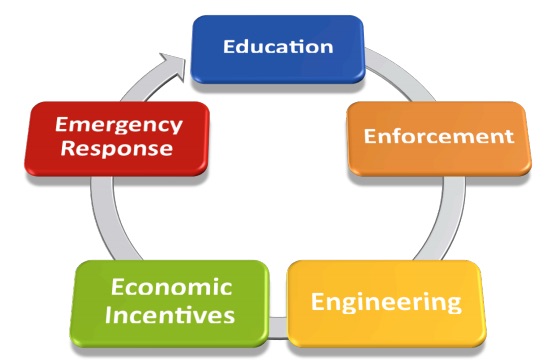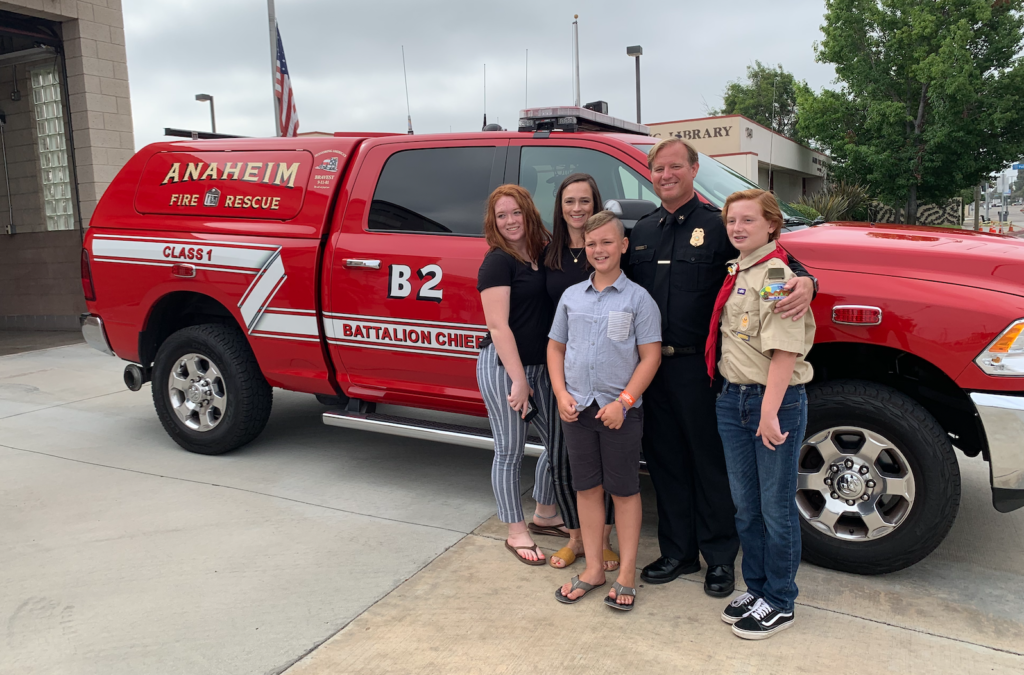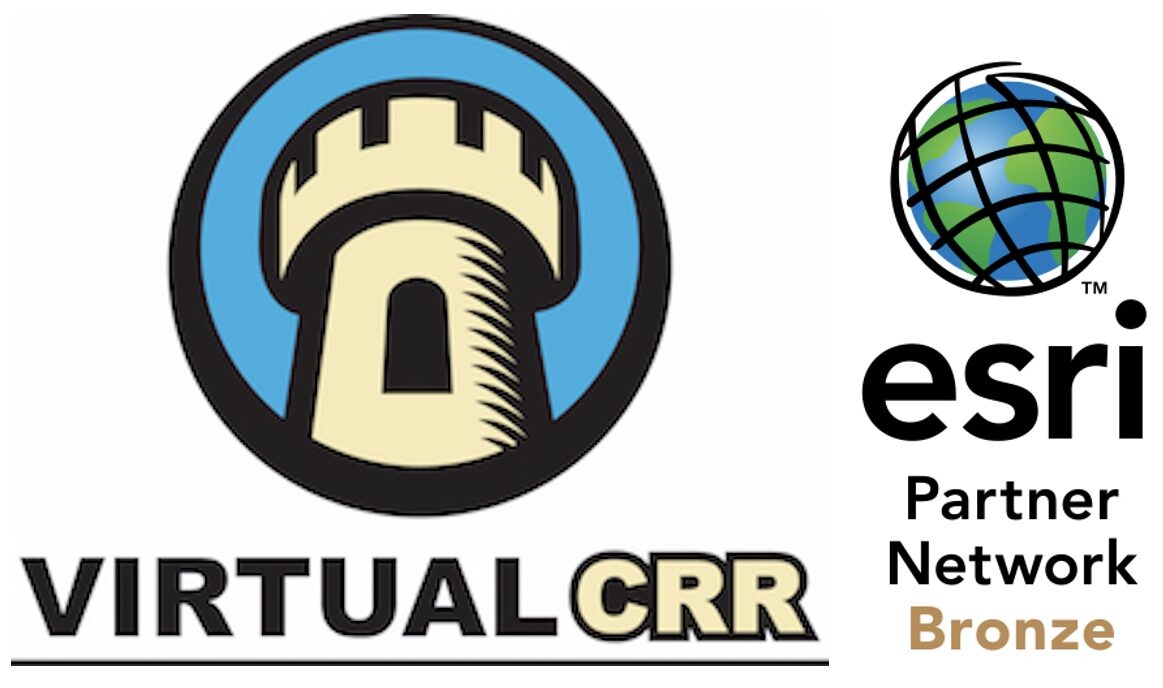CRR, It’s How Fire Chiefs Lead and Manage to Serve their Community
Community Risk Reduction (CRR) is identifying your community’s risks through data and local knowledge. Then, applying strategies and tactics to reduce those risks. CRR is a Leadership and Management philosophy. It’s not just a position, title, slogan, goal, or section of the department. It starts with the Fire Chief and the way our Mission, Vision, and Values are created. It then trickles down to our Emergency Response, Fire Station locations, apparatus purchases, training, education, community outreach, job descriptions, and customer service. Fire Chiefs, CRR is the way to Lead and Manage your Fire Department to Serve your community.
CRR as a Leadership and Management Tool
If we as Fire Service Leaders are looking at CRR as anything other than the Fire Chief’s way to Lead and Manage the department to serve the community, we are short changing them. It is not a cute and trendy name change for Fire Prevention or Community Outreach. CRR allows us to look beyond sending “Big Red” when someone calls 911. It is embraced by CPSE, our Accrediting authority. It is the reason we exist. To reduce the likelihood of bad things happening in our community and when the do (because they always will) reducing their severity and duration.

The 5 E’s of CRR, (Expanded View)
The 5 E’s of Community Risk Reduction are generally accepted by every fire service institution including Vision 2020, NFA, IAFC, NFPA, CPSE, etc. They are Education, Enforcement, Engineering, Economic Incentives, and Emergency Response. These are, or should be, the goals of all Fire Departments as a whole. No one person or even section of a Fire Department can address all of these. It takes the whole department, every member, and plenty of partnerships to achieve them. Let’s take a more “Expanded View” at the 5 E’s than maybe we have done in the past.
- Education – Everyone educates the community. Every phone conversation and encounter with every employee, be it at a station, dispatch, fire admin, fire prevention, PIO, ambulance attendant, secretary, chief officer, services driver, mechanic, (I hope you’re getting the picture) sworn or civilian, on or off duty, is an opportunity to educate our community. It’s not just the PIO or Community Engagement.
- Enforcement – Enforcement is not just writing a violation or a negative thing. Let’s think of it as Re-Enforcement as well which goes back to Education. All of us have the ability to see something that isn’t just right and Re-Enforce to them the “Why” they should do something. There are circumstances for fines, violations, and even litigation, but let’s not just look to those. Enforcement is an opportunity to change perspective. Enforce the Why!
- Engineering – We always focus on Engineering measures like fire sprinklers, smoke alarms, egress, exits, escape routes, etc. Wonderful things! Let’s broaden this and add; fire station locations, staffing, types of response vehicles, volunteers, shifts, and even policies and procedures.
- Economic Incentives – There are, or can be, local, state, and federal grants, tax incentives, insurance reductions, building modifications, etc. to encourage our community to add or adopt certain safety measures. They can also come in the shape of gift baskets, raffles, and even time and attention to an organization or group. It even comes in the form of a paycheck to those employed or with a business in the fire service,
- Emergency Response – Why is it that we typically forget that Emergency Response is one of the 5 E’s of CRR? I have been in Operations my whole career and by and large we feel CRR is the job of Fire Prevention and Community Outreach or anyone other than us. I will state it again and even put it in bold and give it its own line,
“If we don’t have a properly trained, staffed, and equipped Emergency Response force, we are not reducing the risk to our community.”
My brothers and sisters in Emergency Response, we are responsible for CRR just like everyone else in our department. Please, embrace our roles and responsibilities to our community. CRR is what we signed up for. To protect and serve our community.
What if Right Now We Need to do a Better Job of Utilizing CRR to Lead and Manage our Fire Departments?
This is what is so amazing about utilizing CRR to Lead and Manage our organizations. CRR requires us to continually identify our community’s risks through data and local knowledge and then apply strategies and tactics to reduce them. Communities change, as do their risks. If we lower one risk, another will be there to replace it. If we are constantly utilizing these risks to develop our plans, goals, and processes, we are properly Leading and Managing our departments to serve our community. Right now is the perfect time to change because you will do it again in a month, year, or ten years as well!
Additional E’s of CRR, Empathy
I’ve written and so have others about some other E’s we may want to employ for our CRR vision. One of my big ones I’ve written about in the past is Empowerment. I’d like to discuss another though, Empathy. (I don’t know why words that start with E are perfect for CRR) If we can learn to be Empathetic to our community, we can relate to them better. Our desire to help them reduce the likelihood of an emergency occurring will become more important than the excitement of responding to the emergency. One of the biggest lessons I learned in my life is that emergencies can happen to anyone, even me.
“I’m a Big, Bad Fire Fighter and can Handle Anything!”
“I’m a big, bad fire fighter and can handle anything. I’m not sure why these people call 911 for every little thing, they should know better.” I may have been guilty of thoughts like this until my 3yo old son’s limp and blue body was handed to me, from my pool, in my backyard, with me standing less than 10 feet away from him. I had fences, he knew how to swim, I was right there watching and so were multiple other adults. How could this have happened to me? “A big, bad fire fighter that can handle anything.”
From that moment forward, I never wanted another person to have to do CPR on their own child. Fortunately, because I was a properly trained “big, bad firefighter,” I was able to do CPR on him and he made a full recovery. If this happened to someone else in my community, would they have been prepared to have the same outcome? That was my moment to understand why CRR is important. I’ve now become one of the leading advocates for it, and built a business to support Fire Department CRR efforts.
I’m Not Alone
I know I’m not alone. My cousin was visiting with us today and his cousin was with him. (Yes, my cousins, cousin. This should be good!) As we were talking, she mentioned her brother-in-law, Jeremy Craft, was the fire chief for Lehi, UT. Lehi is an extremely fast-growing area and one of the new “Hi Tech” centers in the country called “Silicon Slopes” after it’s big brother in California the “Silicon Valley.” She shared with me that a few days before his interview to be the Fire Chief in Lehi, his own house caught fire and was mostly destroyed. He was a battalion chief in the city he lived in, and his own shift responded to his house to put the fire out. In his interview, she said he talked about now having Empathy for those affected by fire. He expressed in that interview how his efforts would be toward protecting and preventing fire from devastating the community of Lehi as it had done his family. He had a paradigm shift and according to his sister, he feels this was one of the reasons he got the Fire Chief job. Obviously, he was well prepared, but this change in perspective made a big impact. I have not heard this story directly from his mouth yet, but I look forward to hearing it very soon.
A Personal and Systemic Perspective Change on CRR in the Fire Service
We don’t need dramatic events to change our perspective on CRR, though many of us have them. CRR is what we signed up for and is what the fire service is. We Serve and Protect our community by reducing the frequency, severity, and duration of emergencies. Though we may not have been taught initially about CRR in this manner, CRR is the fire service. Fire Chiefs lets Lead and Manage our Fire Departments with CRR to better serve our communities. Fire Service personnel let’s look to CRR to better protect and serve our community.
 Brent Faulkner MAM, FO is the CEO and Founder of Virtual CRR Inc. He has 24 years in the fire service and is currently a Battalion Chief for a Municipal Fire Department in Southern California. During this time, he has responded to numerous emergency situations including structure fires, wildland fires, hazardous materials responses, emergency medical situations, and numerous types of rescues. In addition, he has served on a Type 1 Hazardous Materials Response Team for 17 years.
Brent Faulkner MAM, FO is the CEO and Founder of Virtual CRR Inc. He has 24 years in the fire service and is currently a Battalion Chief for a Municipal Fire Department in Southern California. During this time, he has responded to numerous emergency situations including structure fires, wildland fires, hazardous materials responses, emergency medical situations, and numerous types of rescues. In addition, he has served on a Type 1 Hazardous Materials Response Team for 17 years.
Brent had a defining moment in his career which lead him to create the Virtual CRR program and his passion for Community Risk Reduction. He led a team in Critical Infrastructure Protection (CIP) at a recognized Department of Homeland Security (DHS) Terrorism Fusion Center. This team was responsible for increasing the safety of critical infrastructure as it relates to terrorism, general security, and natural disasters. He has a Master’s Degree in Management (MAM), a Bachelor’s Degree in Occupational Studies (BA), an Associate’s Degree (AS) in Hazardous Materials Response, and another in Fire Science.
